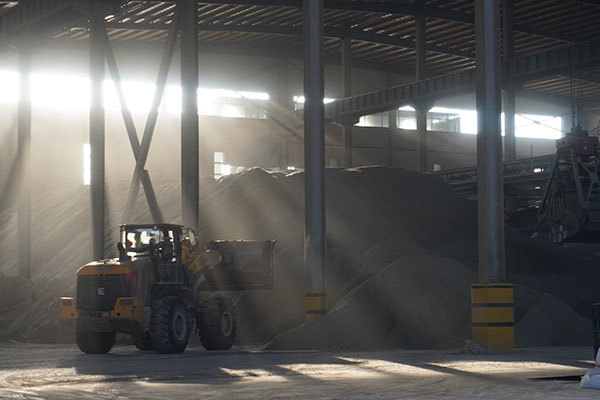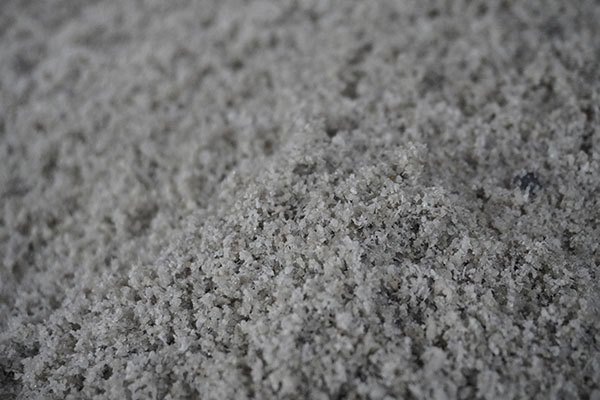What are the processing procedures of water slag powder making?
Release Time:
Jan 26,2024
The economic level is constantly improving, research in the field of science and technology is also accelerating, the diversity of water slag application industry, can be said to promote the recycling of resources can be turned into treasure.
The economic level is constantly improving, research in the field of science and technology is also accelerating, the diversity of water slag application industry, can be said to promote the recycling of resources can be turned into treasure. Water slag it in the high temperature molten state, after rapid cooling with water and become granular foam shape, its light and brittle, porous, easy to grind into fine powder. Then the first step we have to do is of course grinding, so that the water slag to reflect their own performance. What is the production process of water slag superfine powder?
Let's take a look at the slag superfine powder production process as follows:
The first stage: the drying of materials, water slag steel slag according to the moisture content, through the dryer or mill through the hot air method for drying materials.
The second stage: grinding, crushed slag small pieces of material through the elevator to the storage hopper, and then through the feeder will be uniformly quantitatively fed into the mill grinding chamber for grinding.
The third stage: grading, the material after grinding is graded by the grading system, and the unqualified powder is graded by the grader and then comes back to the host for re-grading.
The fourth stage: collection, in line with the fineness of the powder with the airflow through the pipeline into the dust collector for separation and collection, the collection of the product powder through the outlet by the delivery equipment to the product silo, and then unified with the powder loading tanker or active baler for packaging.
Above on the water slag superfine powder production process!
Key words:
What Else Might You Learn?






